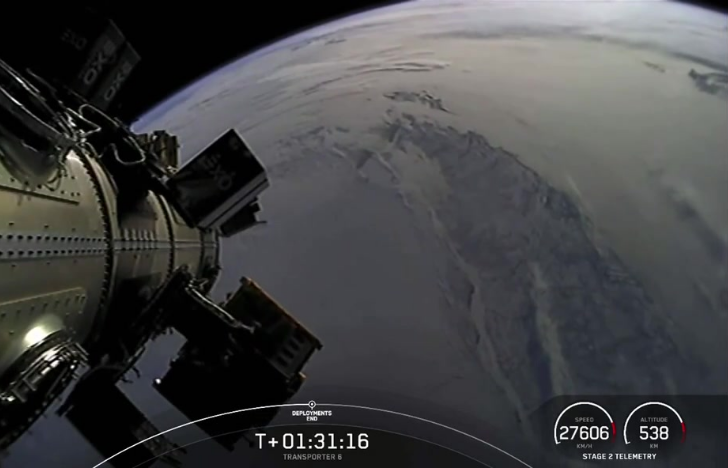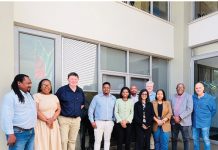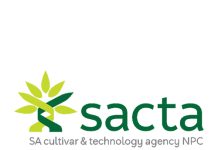The world’s first agriculture-focussed satellite, EOS SAT-1(AgriSat-1/ZA-008), was launched on 3 January 2023 by US aerospace company SpaceX at Cape Canaveral in Florida. The imaging satellite built by a South African company, Dragonfly Aerospace, will be providing the agriculture and forestry industry with high-quality data.
According to the company, images obtained from Dragonfly’s EOS SAT-1 will deliver valuable information for applications such as harvest monitoring, seasonal planning and assessments that analyse information such as soil moisture, yield prediction and biomass levels. This data will support growers with reducing carbon dioxide emissions and help them to develop sustainable agricultural methods.
Such information will have important environmental benefits for the planet, such as helping to maintain biodiversity and to prevent natural habitats from being diminished for crop growth.
The EOS SAT-1 satellite is the first of a seven-satellite constellation. The remaining six satellites will be deployed over the next three years with the aim of providing images and data relevant to agriculture – a world first.
According to Bryan Dean, CEO and co-founder of Dragonfly Aerospace, the EOS SAT-1 is one of the most capable imaging satellites in low earth orbit.
‘This is a key moment for Dragonfly Aerospace, and we are thrilled to be delivering EOS SAT-1 with a number of firsts – the first imaging satellite designed and built by Dragonfly, the first microsatellite to be manufactured in South Africa since 2009, the first satellite of the EOS SAT constellation and the first agri-focussed constellation in space.’
Congratulating Dragonfly Aerospace, the Minister of Higher Education, Science and Innovation, Dr Blade Nzimande, said the EOS SAT-1 launch is a proud moment for the country – not only is it a world first because of the satellite’s much-needed agricultural focus, but it is 100% locally developed. ‘This will further cement South Africa’s position as an African leader in small-to-medium satellite development, and help the country to capture a valuable share of a niche market in the fast-growing global satellite value chain,’ said Dr Nzimande.
Dragonfly Aerospace announced on 5 January that the EOS SAT-1 satellite separated from the launch vehicle as planned and began transmitting a signal to the mission control centre on earth.


















